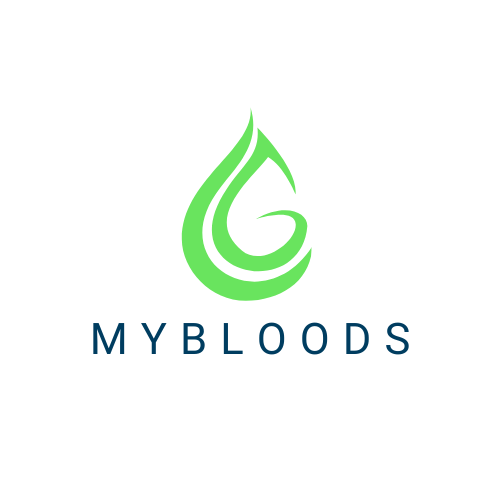Sexual Health - Testing Guidelines
Most STIs have an incubation period following a sexual encounter meaning that they may not be detected within a certain timeframe. Most STI’s require you to wait at least 14 days after sexual activity before taking a test, however, please refer to the below timeframes instead if testing for the following STI’s to ensure the results are accurate:
HIV
For accuracy the best time to take the test is 6 weeks after exposure, however early detection tests can be taken 10 days post exposure. The HIVDUO test measures blood levels of HIV p24 antigen which are high in the first few weeks after infection, meaning the test can detect infection in the earliest stages. This test specifically measures HIV-1 p24 antigen and antibodies to HIV-1 including group O and HIV-2.
Hepatitis B
Hepatitis B Surface Antigen assays are employed to detect Hepatitis B virus infections, particularly during acute and chronic stages. This test should be performed after an incubation period of six weeks to several months following suspected exposure: a positive result indicates that the patient is currently infected with the Hepatitis B virus. To further elucidate the status of the infection, a subsequent test after six months is recommended.
The Hepatitis B Immunity test detects Hepatitis B Surface Antibody and is utilised to validate the necessity and success of vaccination, as well as monitor the course of the disease following acute Hepatitis B infection. Results are interpreted as non-reactive if values are less than 10 IU/L, while values equal to or greater than 10 IU/L are reactive, and the patient is considered immune to HBV.
Hepatitis C
We provide testing for the presence of anti-HCV antibodies, which typically become detectable within 6-8 weeks after infection. These antibodies can emerge along with the onset of symptoms or even up to 6 months post-infection. If a patient tests positive for anti-HCV or receives an indeterminate result, it is crucial to confirm active HCV infection by conducting a sensitive HCV RNA test. This second step is essential for an accurate diagnosis. Keep in mind that the window period during which a patient may be anti-HCV negative but HCV RNA positive can range from 40 to 60 days, although it can vary among individuals.
Syphilis – Urine Sample
There are two distinct syphilis tests to cater for specific diagnostic needs. A Treponema pallidum (Syphilis) PCR test is a valuable diagnostic tool available exclusively as part of our Sexual Health tests, intended primarily for genital chancres, overt lesions, or specimens with purulent discharges. It is important to note that this test is not offered as a standalone option. Given the practicality of noninvasive urine samples, we also offer this for non suspected screenings.
Syphilis – Blood Sample
PCR for Treponema pallidum (Syphilis) is not suitable for diagnosing syphilis, particularly latent syphillis without clinical symptoms. For latent infections, characterized by the absence of clinical manifestations, serologic testing is recommended. We provide the Syphilis Serum Antibodies test, designed to detect total IgG and IgM antibodies against bacterial TpN15, TpN17, and TpN47 in serum. In most settings, the screening and diagnosis of syphilis is based on serologic tests. By the time that signs and symptoms of primary syphilis are present most patients have detectable IgG and IgM but before this there is a short window around 2–4 weeks post[1]infection when only IgM is detectable.
Urine Sample Guidelines
Sample should be provided from the start of urine flow (first catch) and not
within two hours of last urination. Ensure the tube lid is replaced and screwed on tightly. A urine sample should not be
taken during a patient’s menstrual cycle
